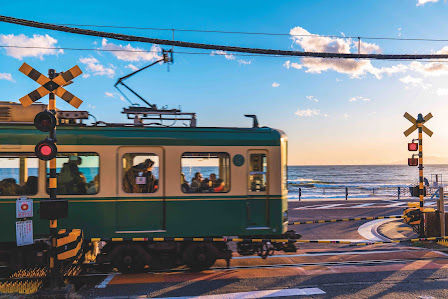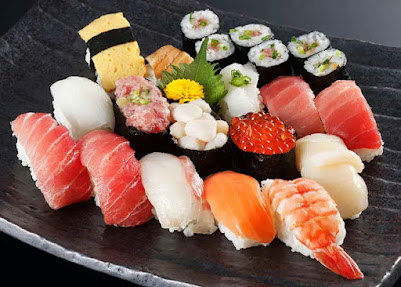Navigating Risk of Japan

For first-time travelers to Japan, Japanese is the least acceptable language. Many famous Japanese attractions can be seen in a variety of different languages of the signboard. But as a tourist looking to learn more about Japanese culture and customs, there are plenty of remote villages and places to visit. But these places often only have signs in Japanese, and visitors need to have a basic understanding of Japanese. For Western and Australian visitors to Japan for the first time, Japanese is like ancient Egyptian writing. So traveling in Japan basically involves following a tour group or finding a local guide, which is unacceptable for some backpackers who like to travel independently. Second, the Japanese people are notoriously old-fashioned in the world. Often a small convenience store can be passed down through generations of Japanese families. In addition, Japanese people attach great importance to the concept of time. If you make an appointment in a famous restaurant i...





.JPG)